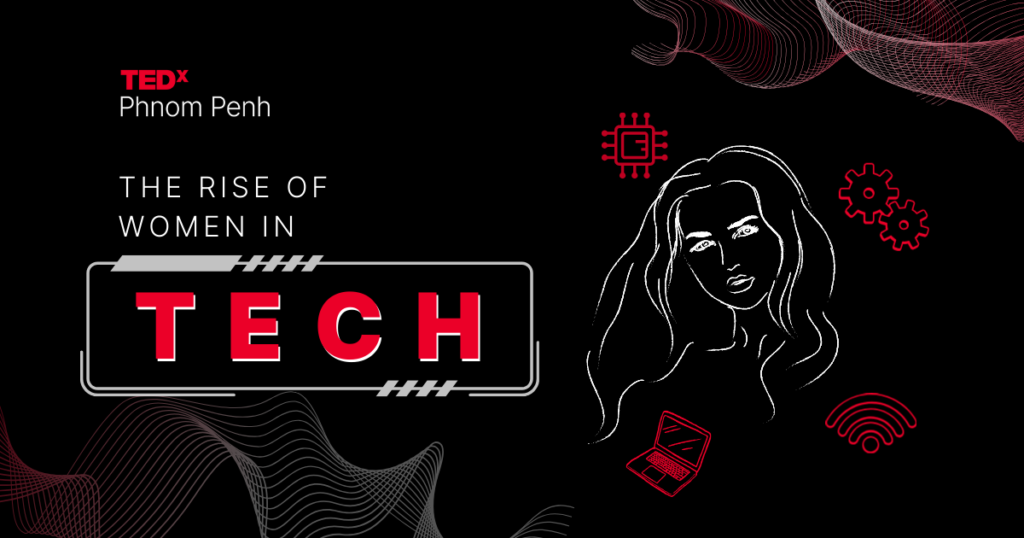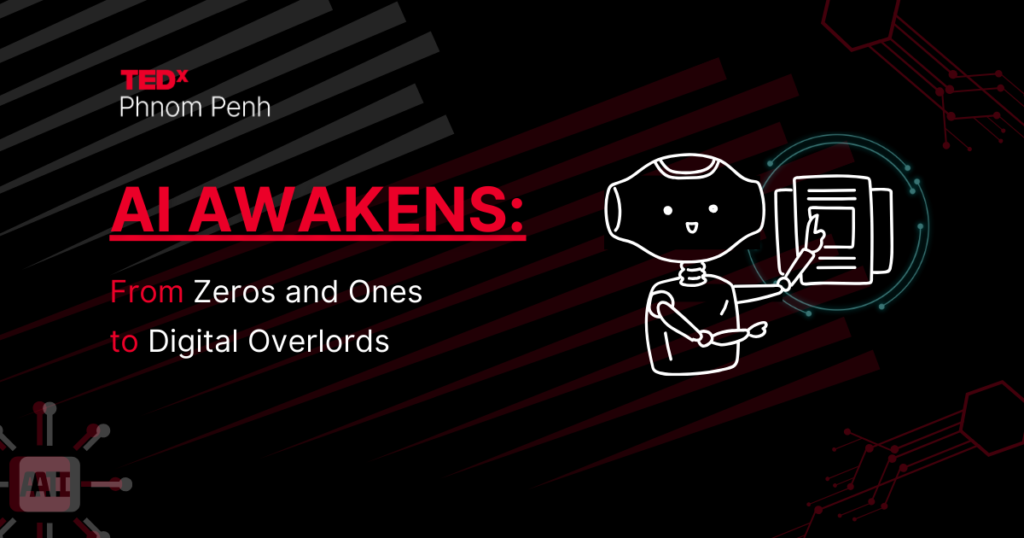IDEAS
WORTH SPREADING
31/MAR/2024,PHNOM PENH
31/MAR/2024
PHNOM PENH

TEDx and TEDxPhnom Penh
Discover more about the organization and our spectacular event

NUSA211 selalu memberikan peluang kemenangan yang sangat tinggi, dan selalu menajadikan situs ini selalu unggul di hati masyarakat Indonesia. Siapa sih orang yang tidak ingin kaya raya? Semua orang pasti ingin kaya dengan sangat mudah dan pastinya sambil rebahan. Situs ini hadir Untuk menjawan doa kalian karena situs ini di hadirkan untuk membuat para member yang miskin menjadi kaya dengan sangat mudah dan sangat efesien dengan modal yang sangat minim dan dengan hasil yang sangat berlimpah.
At our TEDxPhnom Penh event, TED Talks video and live speakers will combine to spark deep discussion and connection in a small group. The TED Conference provides general guidance for the TEDx program, but individual TEDx events, including ours, are self-organized.
IMPORTANT INFORMATION OF OUR CURRENT EVENT
We hope to see you at our TEDxPhnom Penh 2024 event!
Sustainable Future
March 31st, 2024
9:00 AM - 5:00 PM
Major Cineplex - AEON Mall Sensok
Meet Our Speakers
Be ready to get inspired by our brilliant speakers
Discover More
Broaden your knowledge with our interesting blog posts on sustainable future.
LOOKING FOR A WAY TO MAKE CONTRIBUTION TO OUR EVENT?
Learn more about how you can support and be a part of TEDxPhnom Penh!
























